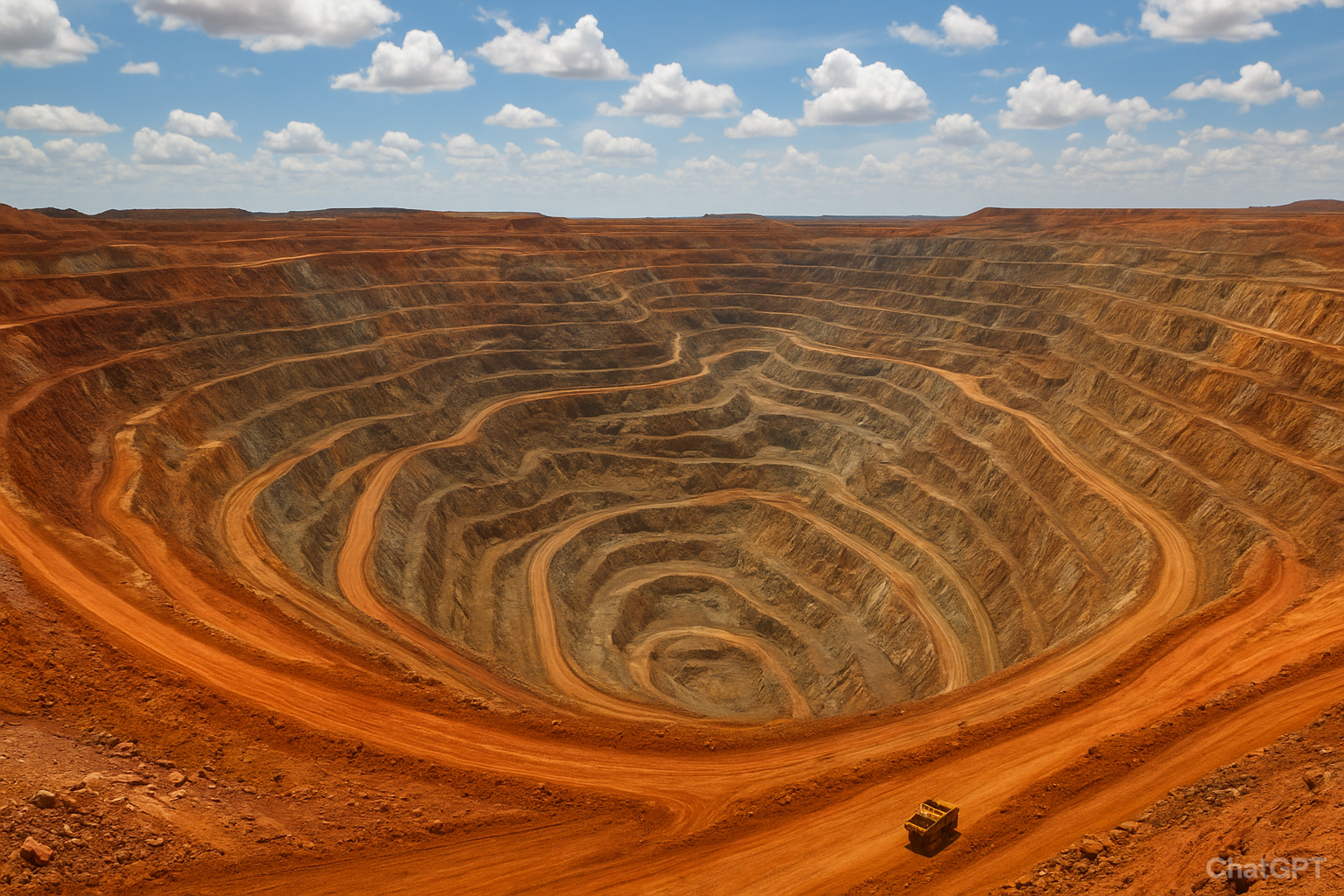Investing in copper offers a way to gain exposure to a metal essential for multiple industries, including construction, electronics, and renewable energy. Its role in these growing sectors makes copper a practical choice for diversification and potential long-term value. Copper investments can provide stability and growth potential, especially as supply struggles to keep pace with rising demand.
There are several methods to invest in copper, from purchasing physical bullion and futures to buying shares in mining companies. Each approach carries different risks and opportunities, allowing investors to tailor their strategy according to their goals and risk tolerance.
Market conditions suggest copper prices may fluctuate within a certain range due to supply and demand dynamics, so understanding these trends is crucial. Investors equipped with this knowledge can make informed decisions about when and how to invest in copper to optimize their portfolios.
Why Invest in Copper?
Copper serves as a fundamental metal tied closely to many economic sectors. Its demand is shaped by technological advances and global infrastructure needs. Meanwhile, supply constraints and market factors influence its price volatility and investment potential.
Copper’s Role in the Global Economy
Copper is essential in many industries, including construction, electronics, and power generation. It is often called the “bloodstream” of electrification because of its critical use in wiring and electrical components.
Economies expanding their power grids and adopting new technologies rely heavily on copper. As a result, copper prices frequently reflect broader economic health and industrial activity.
Investors often view copper as a bellwether for global economic trends. Its demand patterns track urbanization, manufacturing growth, and technological adoption worldwide.
Growth Drivers for Copper Demand
The shift to clean energy and increased electrification drive copper demand sharply upward. Electric vehicles, for example, require two to three times more copper than traditional combustion engine cars. Batteries, motors, wiring, and charging infrastructure all depend on copper.
Other major demand sources include renewable energy projects like wind and solar power, which require extensive copper cabling and components.
Technological advancements, including AI and smart grids, also increase copper usage. As countries invest in infrastructure upgrades, copper’s role is poised to expand further.
Supply and Price Dynamics
Copper supply faces challenges such as mine depletion, geopolitical risks, and rising production costs. New mining projects require significant capital and time, limiting quick supply increases.
Supply shortages can cause price spikes, while demand fluctuations add to volatility. Investors must consider company-specific factors when investing in mining stocks, as operational efficiency affects returns.
Market prices also respond to global economic indicators, trade policies, and inventory levels. Exposure to copper through ETFs or mutual funds may diversify some risks but still ties returns to metal price swings.
Best Strategies for Investing in Copper
Investors can gain exposure to copper through direct ownership, equity in related companies, or derivative contracts. Each method involves different levels of risk, liquidity, and complexity.
Physical Copper Investments
Buying physical copper means purchasing the metal in forms like bars, ingots, or coins. This approach offers direct ownership but involves storage and security costs.
Physical copper is less liquid than financial instruments. It may also carry premiums over the market price due to fabrication and transportation fees.
Investors should consider trusted dealers and verify purity if buying physical copper. This strategy suits those interested in tangible assets but requires space and handling precautions.
Copper Stocks and ETFs
Investing in copper mining companies or copper-focused Exchange Traded Funds (ETFs) allows exposure without holding the metal itself.
Stocks of copper producers reflect company performance and industry conditions, which can add business risk beyond metal price fluctuations. ETFs typically provide diversified exposure by holding multiple companies or tracking copper prices.
ETFs often have lower fees and higher liquidity than individual stocks. Popular copper ETFs track spot prices or baskets of mining stocks, balancing risk and return efficiently.
Copper Futures and Options
Futures and options contracts allow investors to speculate on or hedge against future copper price movements with leverage.
Futures obligate the purchase or sale of copper at a set date and price, while options provide the right, but not the obligation, to transact. These instruments require knowledge of margin requirements and market timing.
They offer high potential rewards but increased risk due to price volatility and leverage. Futures and options are suitable for experienced investors able to manage complexity and risk actively.
